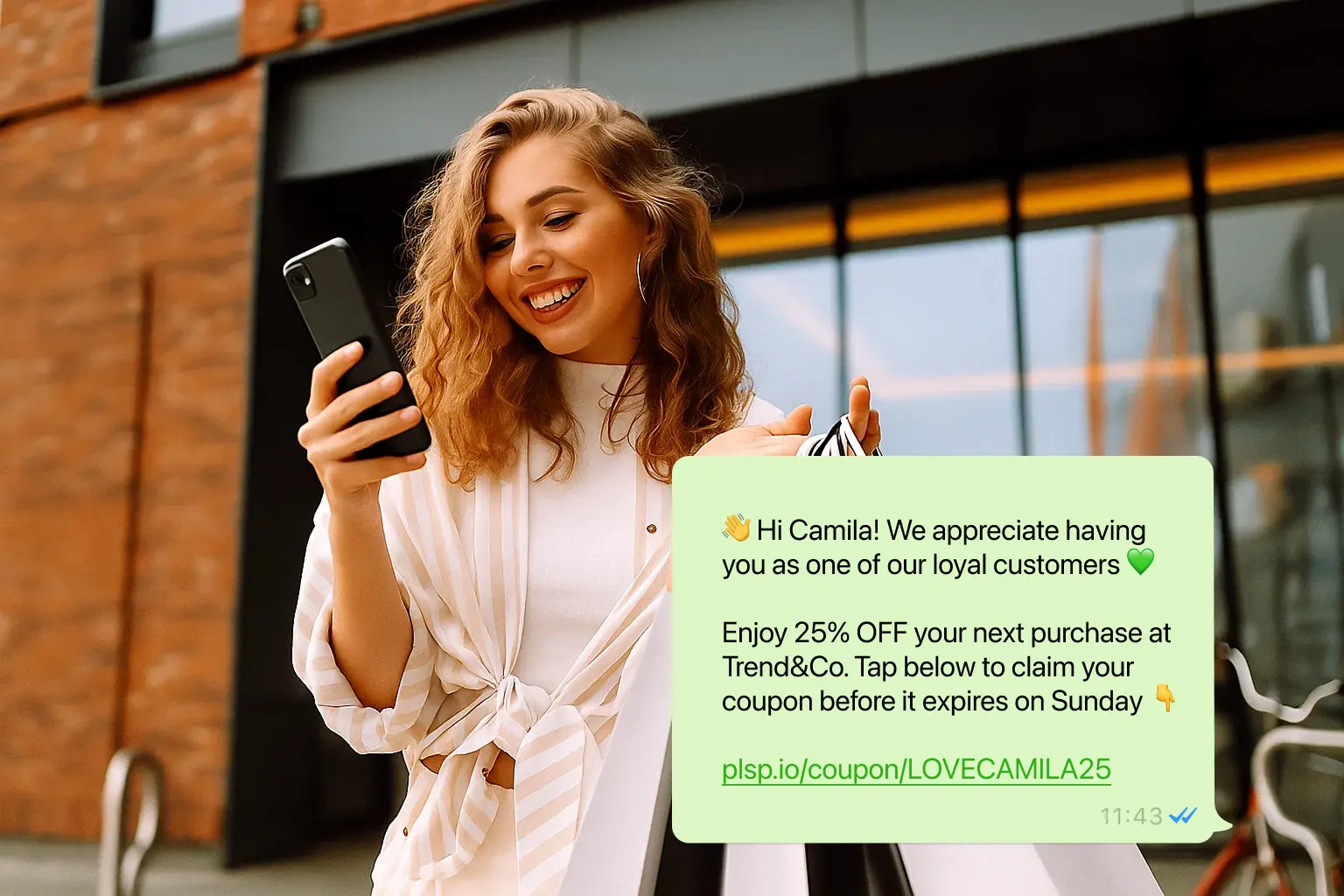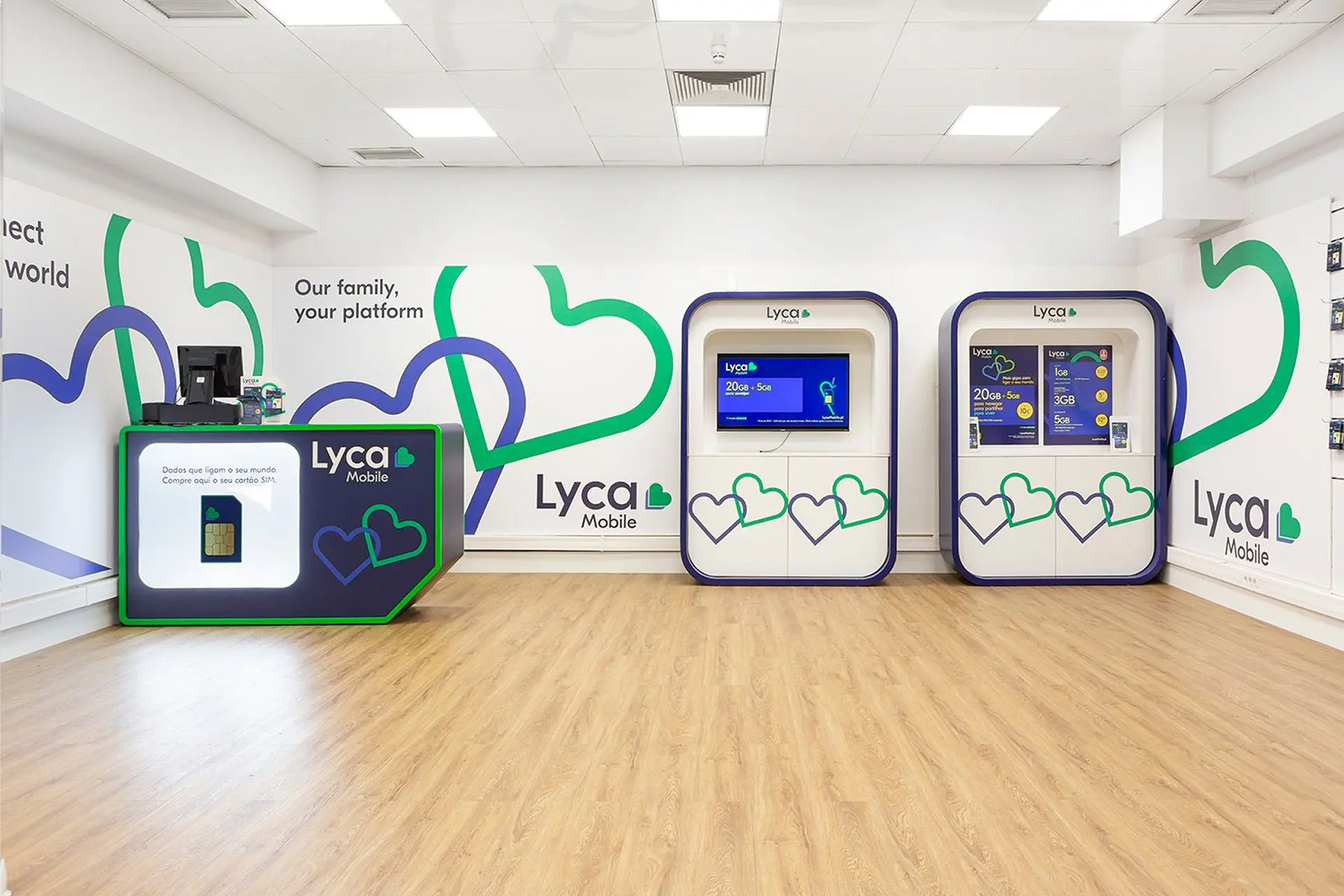For years, businesses have relied on the same old tools to talk to their customers — emails that go unopened, text messages that feel impersonal, and phone calls that go unanswered. But the way people communicate has changed, and the gap between how brands talk and how consumers want to talk has never been wider.
Today, people expect conversations, not campaigns. They want to message a business just as easily as they message a friend — instantly, casually, and on their own terms. It’s no surprise that 67% of consumers now prefer to communicate with businesses via messaging apps like WhatsApp rather than by phone or email.
The Rise of WhatsApp Business
Originally built as a personal messaging app, WhatsApp has quietly become one of the most powerful communication channels for brands. With more than 2 billion active users across 180+ countries, it’s the third most-used social platform in the world — and now, it’s open for business in a whole new way.
Until recently, large-scale communication through WhatsApp was available only to a small circle of enterprise clients. That changed when Meta officially opened the WhatsApp Business Platform, allowing businesses of any size to engage with their customers directly through approved partners like Pluspoint.
This shift has made WhatsApp far more accessible. Companies can now use the same platform that powers daily conversations to send timely updates, answer customer questions, or automate post-visit feedback — all while keeping the personal touch that email and SMS lack.
Why WhatsApp Works (and Old Channels Don’t)
There’s a simple reason WhatsApp is transforming customer communication: people actually read and reply to messages there.
While an email campaign might be considered successful if it reaches a 25% open rate, WhatsApp messages reach 98–99% of recipients — almost instantly. Even more impressive, businesses see conversion rates between 45–60%, compared to the 2–5% average for SMS and email. One study found that companies moving from SMS to WhatsApp saw a 156% increase in conversions.
Beyond performance, there’s also a psychological difference. WhatsApp feels personal. It’s where people chat with friends and family, so when a business joins the same conversation space, it feels natural — not intrusive.
And while global reach often comes with a price, WhatsApp’s cost model is efficient: businesses only pay for delivered messages, and any replies that come in within 24 hours are free. That means every meaningful customer interaction literally pays for itself.
What Businesses Are Doing With It
So what does real engagement look like on WhatsApp? It’s not just about sending messages — it’s about building moments that matter.
A restaurant chain might send a quick survey after a visit, letting happy customers share feedback or leave a review. A dental clinic could reconnect with patients who left negative feedback, turning a frustrated client into a loyal one with a simple, human conversation.
Brands can also keep customers informed about new products, openings, or seasonal offers, and even deliver loyalty campaigns with digital coupons that customers can redeem instantly. With Pluspoint, all of this can be automated — messages can trigger based on actions or feedback, and AI can handle replies naturally and on-brand.

The Shift to Conversational Brands
The shift to WhatsApp isn’t just a channel upgrade; it’s a mindset shift. Instead of shouting into the void with mass emails or expensive SMS blasts, brands can now hold real conversations at scale — and the best part is, it’s surprisingly easy to start.
Setting up a WhatsApp Business Account (WABA) takes just a few minutes through Meta Business Manager. Once verified, businesses can connect to an official partner solution like Pluspoint, which handles everything from message templates and campaign automation to AI-assisted replies and analytics.
The result? A seamless communication channel that works across devices, feels native to the customer, and allows businesses to build relationships in real time. No coding, no complex integrations — just straightforward, human communication powered by technology.
The brands that will win in the next decade are not the ones that send the most messages but the ones that truly engage with their clients.











